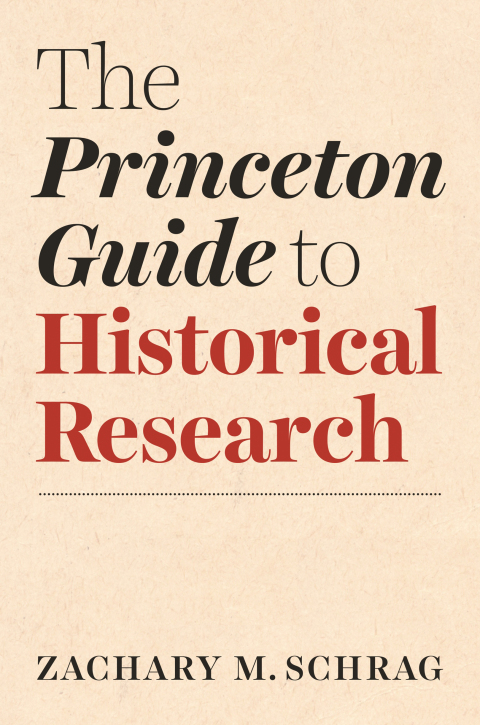Description
Efnisyfirlit
- Cover Page
- Series Page
- Title Page
- Copyright Page
- Dedication
- Contents
- Introduction: History Is for Everyone
- Part I: Definitions
- Chapter 1. Defining History
- History Is the Study of People and the Choices They Made
- History Is a Means to Understand Today’s World
- History Combines Storytelling and Analysis
- History Is an Ongoing Debate
- Chapter 2. Historians’ Ethics
- Curiosity
- Accuracy
- Judgment
- Empathy
- Gratitude
- Truth
- Part II: Questions
- Chapter 3. Asking Questions
- Wonder
- Autobiography
- Everything Has a History
- Narrative Expansion
- From the Source
- Public History
- Research Agenda
- Questions
- Factual Questions
- Interpretive Questions
- Dialectics
- Opposing Forces
- Internal Contradictions
- Competing Priorities
- Determining Factors
- Hidden or Contested Meanings
- Before and After
- Dialectics Create Questions, Not Answers
- Chapter 4. Research Design
- Scope
- Copy Other Works
- History Big and Small
- Pick Your People
- Add and Subtract
- Narrative versus Thematic Schemes
- Periodization
- Beginnings
- Endings
- Pace
- The Balky Time Machine
- Geography
- National
- Local and Regional
- Transnational and Global
- Comparative
- Historiography
- What Is New about Your Approach?
- Are You Working in a Specific Theoretical Tradition?
- What Have Others Written?
- Are Others Working on It?
- What Might Your Critics Say?
- Proposal
- Part III: Sources
- Chapter 5. Sources: An Introduction
- Primary versus Secondary Sources
- Balancing Your Use of Secondary Sources
- Sets of Sources
- Sources as Records of the Powerful
- No Source Speaks for Itself
- Languages and Specialized Reading
- Choose Sources That You Love
- Chapter 6. Texts as Sources
- First-Person Accounts
- Diaries
- Letters
- Memoirs
- Interviews
- Workaday Documents
- Periodicals
- Newspapers
- Magazines
- Specialized Periodicals
- Government Documents
- Criminal Investigations and Trials
- Censuses
- Official Reports
- Letters and Petitions
- Institutional Records
- Scholarship
- Fiction
- Words
- Big Data
- Chapter 7. Sources beyond Traditional Texts
- Numbers
- Maps
- Images
- Portraits
- Motion Pictures and Recordings
- Artifacts
- Buildings and Plans
- Places
- Chapter 8. Finding Sources
- The Working Bibliography
- The Open Web
- Limits of the Open Web
- Bibliographic Databases
- Full-Text Databases
- Libraries
- Oral History
- Chapter 9. Archival Research
- What Is an Archive?
- Archives and Access
- Working in Archives
- Read the Finding Aid
- Follow the Rules
- Work with Archivists
- Research with Digital Photography
- Types of Cameras
- How Much to Shoot?
- Managing Expectations
- Chapter 10. Interpreting Sources
- Pattern Recognition
- Worldview
- Duck, Duck, Goose
- Critical Reading
- Agenda
- Credibility
- Nuance
- Context
- Change
- Causation
- Part IV: Projects
- Chapter 11. Project Management
- Goals of Project Management
- Avoid Catastrophe
- Complete Tasks—Ideally Just Once, and in the Right Order
- Maintain Momentum
- Tools of the Trade
- Hardware
- Kinds of Software
- Word Processors
- Means of Entry
- Productivity
- A Good Day’s Work
- Word Count Is Your Friend
- Managing Research Assistants
- Research Diary
- When to Stop
- Chapter 12. Taking Notes
- Goals
- Note-Taking as Mining
- Note-Taking as Assembly
- The Good-Enough Note
- Identify the Source, So You Can Go Back and Consult if Needed
- Distinguish Others’ Words and Ideas from Your Own
- Allow Sorting and Retrieval of Related Pieces of Information
- Provide the Right Level of Detail
- Simple Tools for Notes
- Notebooks and Index Cards
- Word Processors for Note-Taking
- Plain Text and Markdown
- Database Software
- Reference Managers
- Note-Taking Apps
- Relational Databases
- Spreadsheets
- Specialized Tools
- Timelines
- Glossaries and Alphabetical Lists
- Image Catalogs
- Mapping
- Other Specialized Formats
- The Working Draft
- Chapter 13. Organization
- Scale
- The Foundational Five-Paragraph Essay
- Variants: The Ten- and Thirty-Page Papers
- Introductions
- Ledes
- Thesis Statement
- Historiography
- Body
- Sections
- Background
- Sections as Independent Essays
- Topic Sentences
- Conclusions
- Answering Questions
- Invisible Bullet Points
- The Perils of Policy Prescriptions
- Outlines
- A Model (T) Outline
- Flexibility
- Part V: Stories
- Chapter 14. Storytelling
- Characters
- Protagonists
- Antagonists
- Witnesses
- Bit Players
- Chorus
- Plots
- The Shape of the Story
- The Controlling Idea
- Events
- Alchemy: Turning Sources to Stories
- Chronology
- Turning Points
- Agones
- Resolution
- Counterfactuals
- Like a (Realist) Novel
- Scene
- Dialogue
- Point of View
- Symbolic Details
- Combinations
- Speculation
- Chapter 15. Style
- Words
- Is Your Jargon Really Necessary?
- Defining Terms
- Word Choice as Analysis
- Period Vocabulary or Anachronism?
- Quotation
- Nontextual Information
- Integrate Images into Your Story
- Put Numbers in Context
- Summarize Data in Tables and Graphs
- Citation
- Why We Cite
- Citation Styles
- Rhetorical Devices
- Active Verbs
- People as Subjects
- Metaphors
- Signposting
- Questions
- First Person
- Titles
- Revision
- Putting It Aside
- Reverse Outlining
- Auditing Your Word Budget
- Writing for the Ear
- Cuts
- Chapter 16. Publication
- Playing with Others
- Conferences
- Social Media
- Coauthorship
- Peer Review
- Tough, Fair, and Encouraging
- Manuscript and Book Reviews
- Journal Articles
- Book Chapters
- Books
- Public Engagement
- Websites and Social Media
- Museums and Historic Sites
- Press Appearances and Op-Eds
- Law and Policy
- Graphic History, Movies, and Broadway Musicals
- Letting Go
- Acknowledgments
- Index






Reviews
There are no reviews yet.